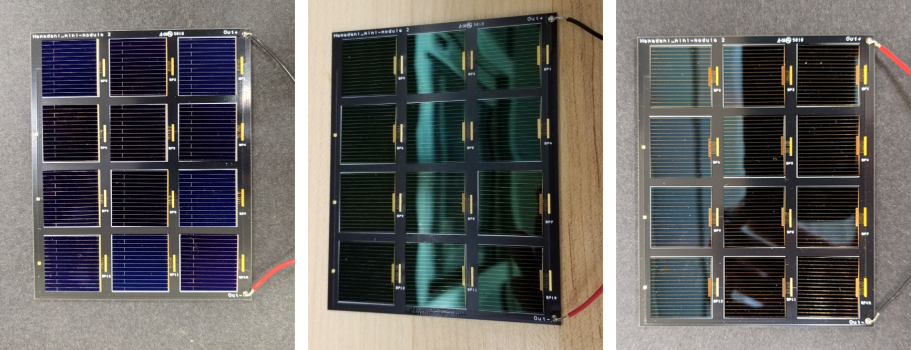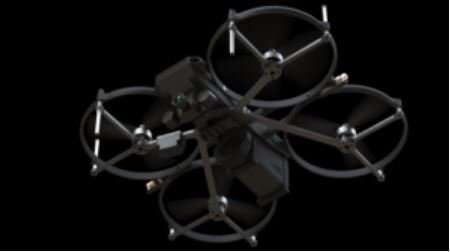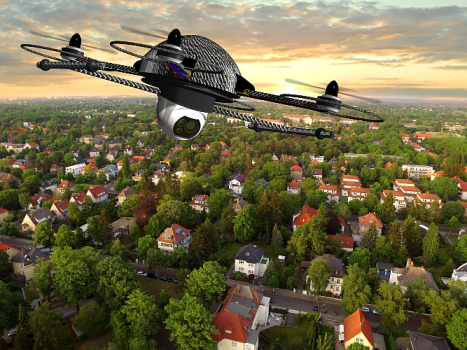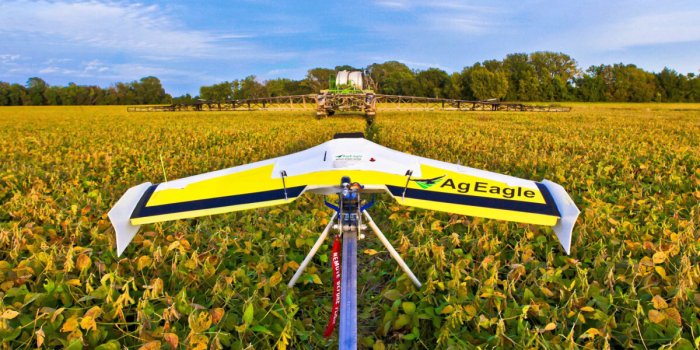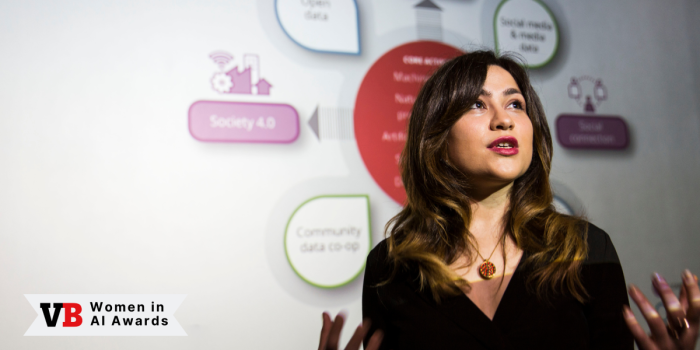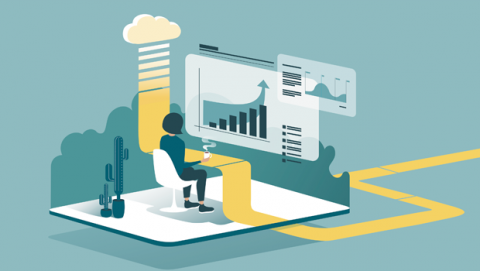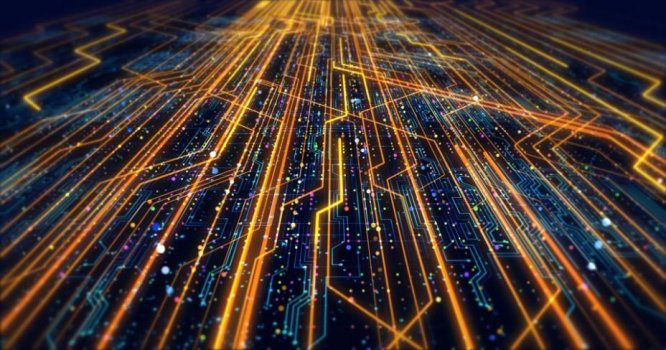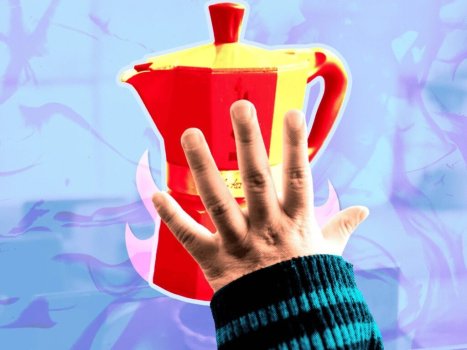Watford Borough Council rolls out Internet of Things-powered devices
- Technology Solutions
- 0 Replies
Watford Borough Council has partnered with local firm IoT Solutions Group (IoTSG) to install hundreds of Internet of Things [IoT]-powered devices in council-owned buildings across the borough.
The technology is being used to monitor the presence of the deadly Legionella bacteria, as well as the continued operation of emergency lighting, which is essential to safety during a power cut or fire.
Both solutions are expected to help improve the council’s health and safety compliance processes by making them more efficient and less labor-intensive, as well as free up resources for other crucial services.
IoTSG will deliver almost 590 Legionella mitigation and emergency lighting management devices to a number of public properties in the area, including Watford Town Hall and Watford Museum, as well as other local amenities.
The Legionella mitigation solution is aimed at improving the detection process for Legionella – the bacteria responsible for Legionnaires’ disease – which commercial landlords, facility managers, and leisure and hospitality providers have a legal obligation to monitor and mitigate in their water systems.
Continue reading: https://www.inyourarea.co.uk/news/watford-borough-council-rolls-out-internet-of-things-powered-devices/
The technology is being used to monitor the presence of the deadly Legionella bacteria, as well as the continued operation of emergency lighting, which is essential to safety during a power cut or fire.
Both solutions are expected to help improve the council’s health and safety compliance processes by making them more efficient and less labor-intensive, as well as free up resources for other crucial services.
IoTSG will deliver almost 590 Legionella mitigation and emergency lighting management devices to a number of public properties in the area, including Watford Town Hall and Watford Museum, as well as other local amenities.
The Legionella mitigation solution is aimed at improving the detection process for Legionella – the bacteria responsible for Legionnaires’ disease – which commercial landlords, facility managers, and leisure and hospitality providers have a legal obligation to monitor and mitigate in their water systems.
Continue reading: https://www.inyourarea.co.uk/news/watford-borough-council-rolls-out-internet-of-things-powered-devices/



